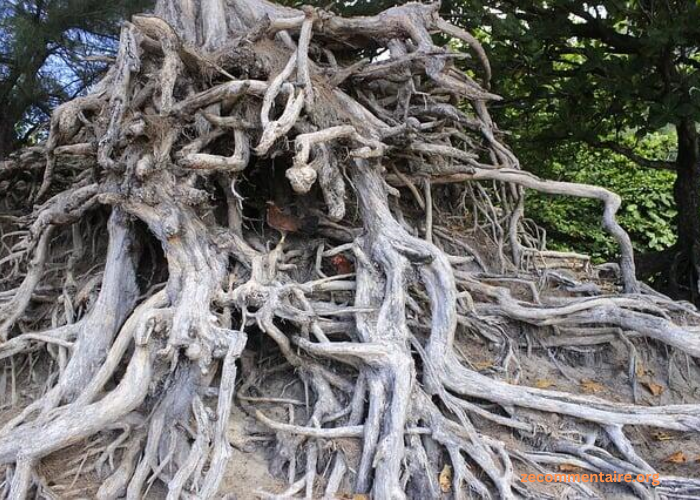Dead trees are more than an eyesore; they pose significant risks to your property and safety. But what exactly makes these leafless giants a hazard in your backyard?
Their brittle branches can snap without warning, threatening harm to people, pets, and property below. Additionally, they serve as an invitation to pests and diseases, affecting the health of surrounding vegetation. We’re going to explore the dangers of dead trees and how to address this issue to maintain a healthy, hazard-free yard.
The Dangers of Dead Trees
Aside from their unsightly appearance, dead trees can cause a range of backyard hazards that may endanger your property and those around it. Some of the most common risks associated with dead trees include:
Falling Branches
Brittle or decaying branches can easily break off and fall without warning. These falling limbs can cause serious injuries, especially if they land on someone standing below.
Property Damage
Dead trees can also cause property damage when their branches fall onto houses, cars, or other structures. It can result in costly repairs and potential safety hazards.
Fire Hazard
Dry or decaying dead trees are flammable. These make them a potential fire hazard during hot and dry weather conditions.
Pest Infestations
Dead trees are an open invitation for pests and insects looking for a new home. It can lead to infestations, which may spread to other healthy plants in your yard.
How to Safely Remove Dead Trees
Removing dead trees from your property should always be done with caution and proper equipment. Here are some removal methods you can follow for safe tree removal:
Hire a Professional
If the tree is large or located near power lines, it’s best to hire professional tree services for removal. They have the necessary skills, experience, and equipment to safely remove the dead tree without causing damage.
Use Proper Safety Gear
Whether you’re hiring professionals or attempting to remove the tree yourself, always make sure to wear proper safety gear. These include gloves, eye protection, hard hat, and sturdy boots. It will protect you from any potential hazards or injuries.
Assess the Tree
Before removing the tree, evaluate its condition and determine the best approach for removal. If the tree is unstable or leaning in a certain direction, it may require special techniques to remove it.
Cut Down in Sections
For larger trees, it’s best to cut them down in sections to avoid causing damage to surrounding structures. Start by cutting off smaller branches and work your way down to the trunk.
Dispose of Properly
Once the tree is removed, make sure to dispose of it properly. You can either hire a company to haul away the debris or use it for firewood if it’s not infested with pests.
Learning the Risks of Dead Trees and How to Remove Them
Dead trees may appear harmless but can pose hazards to your backyard. Address this promptly by safely removing any dead trees. By following proper removal methods, you eliminate dangers and enhance your yard’s aesthetics.
Prioritize safety, inspect your backyard for dead trees, and take prompt action. Your safety and your yard’s health depend on it! Happy tree removal!
Did you find this article helpful? If so, check out the rest of our site for more informative content.





